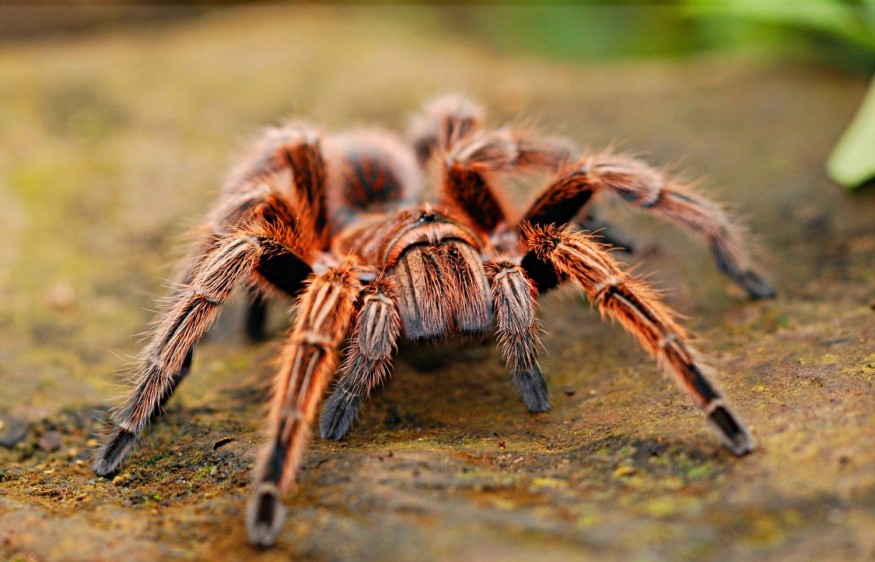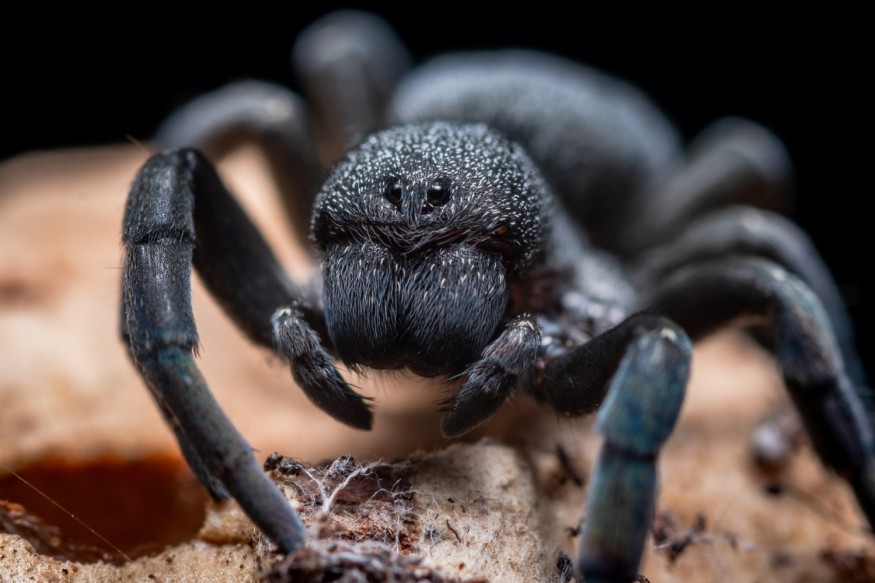Thousands of male tarantulas will travel the road in quest of a mate from the end of August to the beginning of September, according to the annual tarantula migration in Colorado.

According to a Colorado State University publication, the tarantula migration begins in southeastern Colorado at the end of August and lasts into September. A southern migration follows, which usually peaks in October. If the cold weather doesn't kill them first, all males usually die within months of the mating season.
Colorado's Great Tarantula Migration
According to The Denver Channel, one of the greatest sites to see these tarantulas is Comanche National Grassland near La Junta, Colorado. Because this is in southeast Colorado, expect a peak in mid-September.
The Great Tarantula Migration, according to the La Junta Tribune-Democrat, will have two other fantastic places to witness this natural occurrence are north of Ordway on Highway 71 and between La Junta and Kim on Highway 109.
Aphonopelma echinum (also known as the Colorado chocolate brown), aphonopelma coloradanum, and aphonopelma hentzi, also known as the Oklahoma Brown Tarantula, are among the tarantula species found in Colorado during the fall breeding season. The leg span of these hairy eight-legged insects can reach 11 inches, which is about twice the length of a $1 bill!
Mating Season and Migration
Male tarantulas use their hair and legs to sense vibrations in a tunnel approximately a foot beneath the earth to identify a female mating partner. Unfortunately, they only mate once before dying, frequently at the hands of the female they mate with.
According to the Durango Herald, a male tarantula will walk roughly a half-mile a day looking for a female mate.
Tarantula Mating

Tarantula mating is probably one of the strangest animal reproduction rituals. It's unlike anything else we've seen in the animal realm, and it functions in a completely different way thanks to tarantulas' unusual bodies.
It all starts with male and female spiders reaching sexual maturity. Males do not live much longer than females after they reach maturity, whereas females do. Males who have reached sexual maturity will usually go through an "ultimate" or final molt and "hook out," which means they will have their tibial hooks as well as bulbs at the end of their pedipalps. This is a physical marker of sexual maturity. Therefore many won't be surprised to find this male tarantula constructing a sperm web in preparation for mating.
Tarantulas perform a courtship dance. Certain body language cues and rituals exist, just as they do in many other animals. One of these is "drumming" or "tapping," which a tarantula may use to indicate interest in a potential spouse. For example, a male tarantula may tap his pedipalps or legs on a female's web in a courting setting to determine whether she is interested and alert her to his presence and intent. If she's receptive, she might return the drumming as a signal for him to approach.
For the most recent updates about the environment and the animal kingdom, don't forget to follow Nature World News!
© 2025 NatureWorldNews.com All rights reserved. Do not reproduce without permission.





